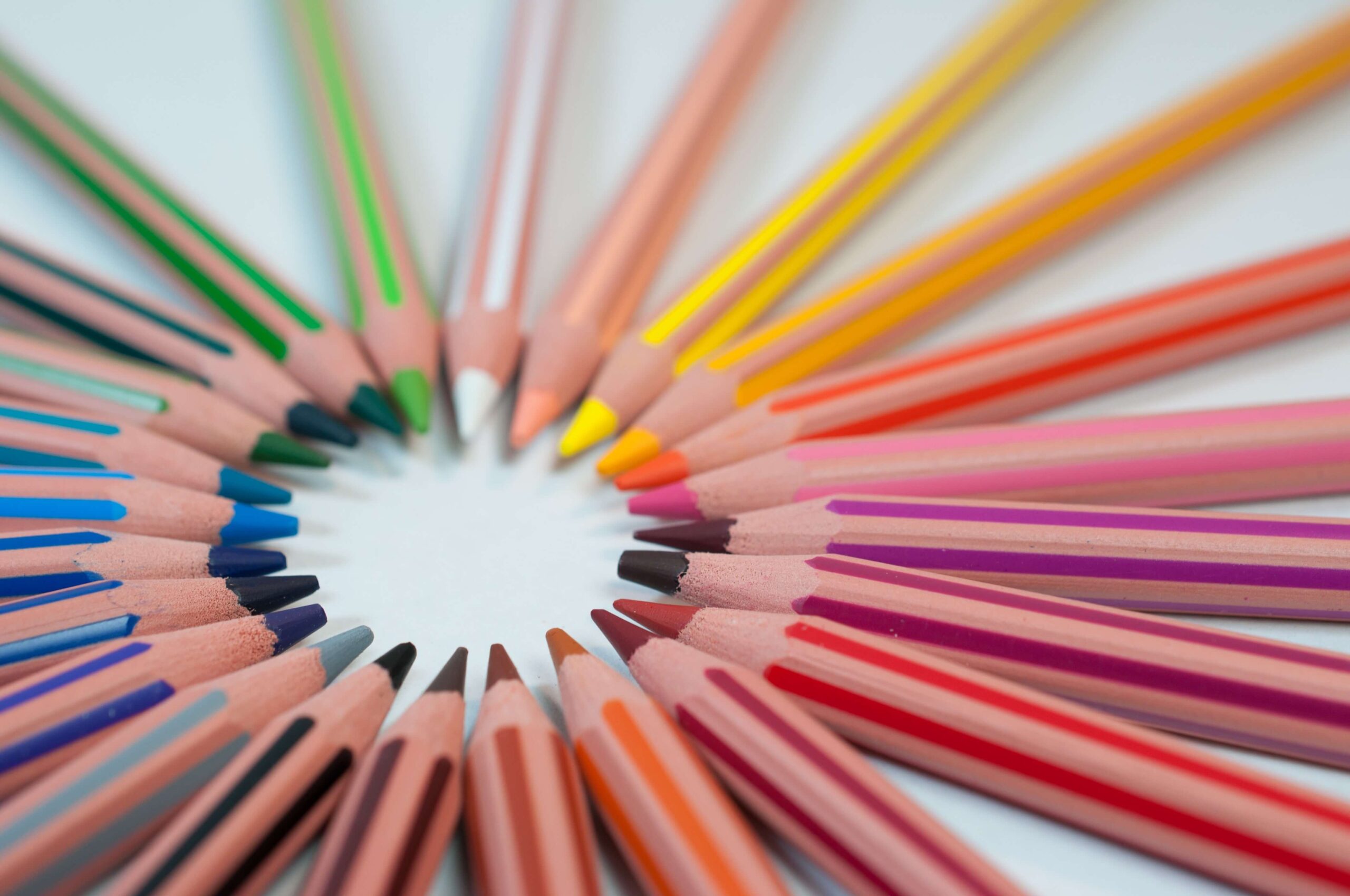
How to integrate the SDGs into schools
At BBK Kuna, we want to help the people of Biscay by offering multiple solutions that meet the challenges of the future, and the school environment is a very important part. In this entry, we present a comprehensive plan for integrating the SDGs into schools in order to create a solid foundation for a greener future.
Integrating the Sustainable Development Goals
This process requires a planned and strategic approach. This entry presents a detailed plan that schools can follow.
Initial assessment
This is the first step, which is without a doubt essential to integrating the SDGs into schools. It defines the starting point and establishes a solid baseline for a strategic and effective approach:
- Analysis of the current situation: first, we need to start by studying the current situation in the school. This includes identifying the areas that already take the SDGs into consideration, and those that require a more specific approach. It should be noted that it is important to receive support from management and teaching staff.
- Definition of goals and targets: The next step is to set clear targets and to determine what SDGs will be considered and the timelines for doing so. Logically, they must be realistic and measurable.
Integration into the curriculum
First, content has to be developed to identify the courses and areas of the curriculum where the SDGs can be effectively incorporated. This may include the creation of specific modules, or the integration of the SDGs into interdisciplinary projects.
It is also crucial to provide ongoing training to teachers so they are qualified to teach everything related to this list of intended goals and help students understand their importance.
Student participation and projects
As experts in the sector, we are convinced that it is a good idea to promote the creation of student clubs or work groups focused on sustainable projects related to the SDGs. This will promote the active participation of students.
Moreover, the implementation of sustainable projects will be ideal for involving students in practical and significant activities. These projects can address local or global issues, which will allow students to understand how their actions impact the world.
Community partnerships and resources
It is also important to establish partnerships with community organisations that work on projects related to the SDGs. This gives students a chance to learn from experts and see the practical application of achieving the goals in real life.
Similarly, providing teachers and students with direct access to educational resources that focus on these goals is ideal for achieving success. Examples include teaching materials, conferences, talks and visits to sustainable companies or projects.
In conclusion, integrating the SDGs into schools is an investment in a more sustainable future. With a well-structured and organised approach that covers the steps of the action plan described in this article, schools can prepare future generations to address global challenges in an informed and committed way. The SDGs are not only a roadmap for a better world, but also an opportunity for transformative education that empowers young people to make a difference.
